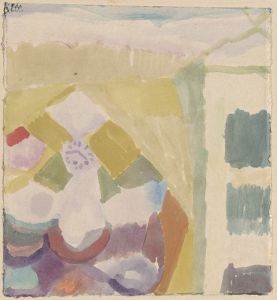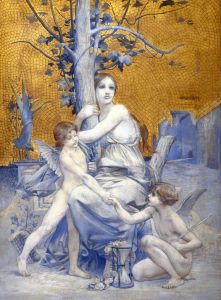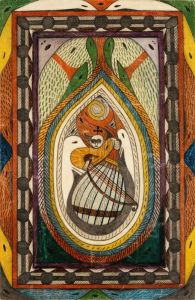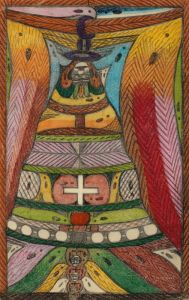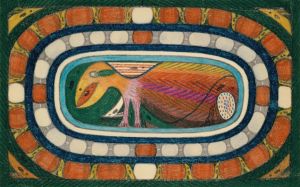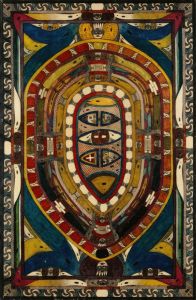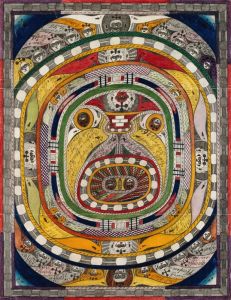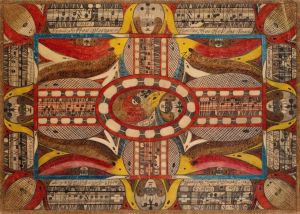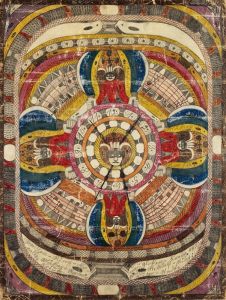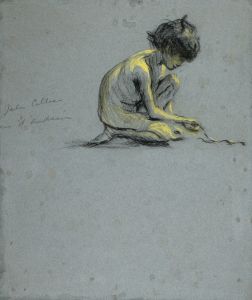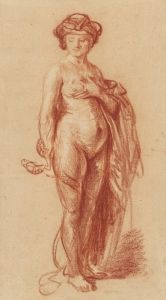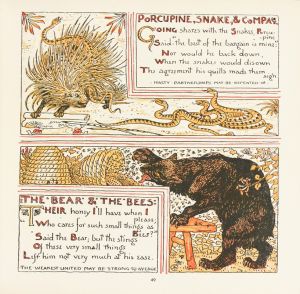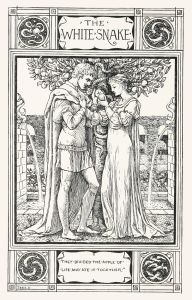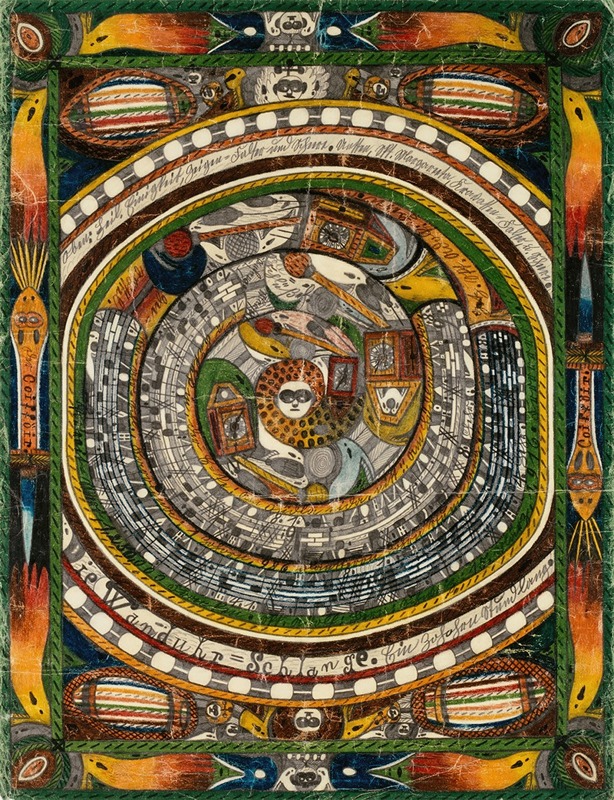
Die Wanduhr=Schlange. Ein Zohohrn Stund lang
A hand-painted replica of Adolf Wölfli’s masterpiece Die Wanduhr=Schlange. Ein Zohohrn Stund lang, meticulously crafted by professional artists to capture the true essence of the original. Each piece is created with museum-quality canvas and rare mineral pigments, carefully painted by experienced artists with delicate brushstrokes and rich, layered colors to perfectly recreate the texture of the original artwork. Unlike machine-printed reproductions, this hand-painted version brings the painting to life, infused with the artist’s emotions and skill in every stroke. Whether for personal collection or home decoration, it instantly elevates the artistic atmosphere of any space.
Adolf Wölfli (1864–1930) was a Swiss artist and writer, widely regarded as one of the most significant figures in the field of outsider art. His works, created during his long-term residency at the Waldau Psychiatric Clinic in Bern, Switzerland, are known for their intricate detail, vivid imagination, and unique combination of visual and textual elements. Wölfli's art often includes fantastical imagery, musical notations, and autobiographical references, reflecting his complex inner world.
One of his works, titled Die Wanduhr=Schlange. Ein Zohohrn Stund lang (translated as "The Wall Clock=Snake. A Zohohrn Hour Long"), is a prime example of Wölfli's distinctive style. The piece is part of his monumental artistic output, which includes thousands of pages of drawings, writings, and musical compositions. Like much of Wölfli's work, this piece combines visual art with textual elements, showcasing his ability to merge different forms of expression into a cohesive whole.
The artwork features a densely packed composition, characteristic of Wölfli's style, with intricate patterns, symbols, and text interwoven throughout the piece. The title suggests a surreal and imaginative theme, as is typical of Wölfli's creations. The imagery of a "wall clock" and a "snake" may reflect his tendency to blend everyday objects with fantastical elements, creating a dreamlike and often enigmatic narrative.
Wölfli's works were largely created during his confinement at the Waldau Psychiatric Clinic, where he was institutionalized for most of his adult life due to a diagnosis of schizophrenia. His artistic practice began as a therapeutic activity encouraged by his doctors, but it quickly evolved into a prolific and highly original body of work. Wölfli's art gained recognition posthumously, thanks in part to the efforts of Dr. Walter Morgenthaler, a psychiatrist at the clinic who published a book about Wölfli in 1921, titled Ein Geisteskranker als Künstler ("A Psychiatric Patient as Artist").
Today, Wölfli's works are celebrated for their complexity and originality, and they are preserved in collections such as the Adolf Wölfli Foundation at the Museum of Fine Arts in Bern. While specific details about Die Wanduhr=Schlange. Ein Zohohrn Stund lang may be limited, it remains an important part of Wölfli's oeuvre, exemplifying his unique artistic vision and the broader significance of outsider art in the history of modern art.





